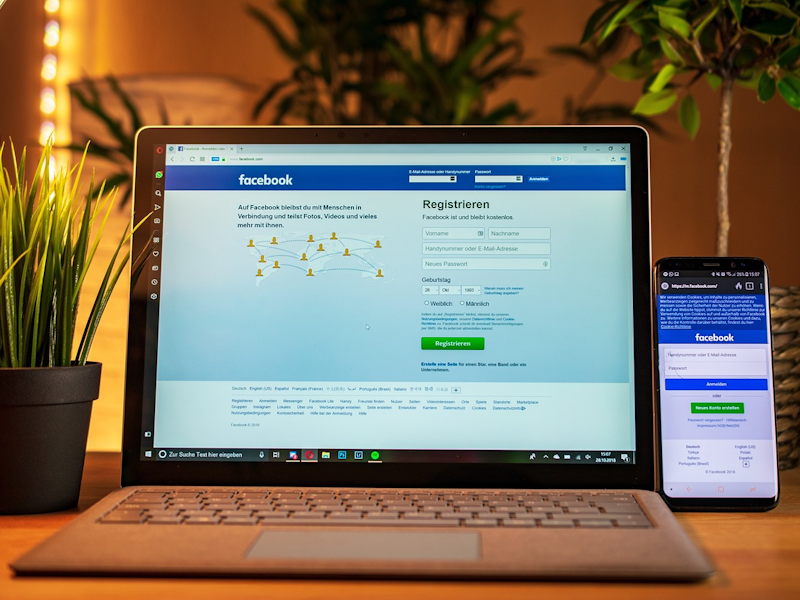I thought my body was safe from microplastics. I was wrong

The impact of plastic pollution on our bodies is a growing concern that cannot be ignored. The documentary “Plastic People” sheds light on the alarming presence of microplastics in our bloodstreams, lungs, and digestive systems. What was once thought to be a pristine vessel has now been revealed to be a human landfill, filled with tiny particles of plastic bags, medical waste, tire dust, synthetic clothing, and food packaging.
The realization that our bodies are inundated with plastic waste is a wake-up call to the devastating effects of our addiction to plastic. As we continue to trash the environment, we inadvertently trash our bodies as well. Studies have shown that microplastics are not only present in our bodies, but they are also causing harm. Research has found that the human brain may contain anywhere from five to seven grams of plastic, highlighting the extent of plastic pollution in our bodies.
The journey to uncover the presence of microplastics in our bodies is a shocking one. Through double-blind studies, researchers have found an average of 11 microplastic particles in just 2.5 milliliters of blood, equivalent to half a teaspoon. When considering the average adult has about five liters of blood, the amount of plastic circulating through our bodies is staggering. We are becoming plastic people, unknowingly carrying a burden of plastic waste within us.
Despite the invisible nature of plastic pollution, it is everywhere, lurking in everyday items such as paint, flooring, clothes, and even produce stickers. Banning single-use plastics is a crucial step in combating plastic pollution, and initiatives such as the Global Plastics Treaty negotiations and Plastic Free Communities are working towards a sustainable solution. By raising awareness and taking action to reduce plastic waste, we can mitigate the harmful effects of microplastics on both the environment and human health.
The key to solving the plastic pollution crisis lies in collective action and a shift towards a circular economy. Just as past environmental threats like DDT were phased out through concerted efforts, we have the power to make a change now. By working together to ban single-use plastics and embrace sustainable alternatives, we can protect our planet and ourselves from the pervasive threat of plastic pollution.
The journey to uncover the presence of microplastics in our bodies is a shocking one. Through double-blind studies, researchers have found an average of 11 microplastic particles in just 2.5 milliliters of blood, equivalent to half a teaspoon. When considering the average adult has about five liters of blood, the amount of plastic circulating through our bodies is staggering. We are becoming plastic people, unknowingly carrying a burden of plastic waste within us.
Despite the invisible nature of plastic pollution, it is everywhere, lurking in everyday items such as paint, flooring, clothes, and even produce stickers. Banning single-use plastics is a crucial step in combating plastic pollution, and initiatives such as the Global Plastics Treaty negotiations and Plastic Free Communities are working towards a sustainable solution. By raising awareness and taking action to reduce plastic waste, we can mitigate the harmful effects of microplastics on both the environment and human health.
The key to solving the plastic pollution crisis lies in collective action and a shift towards a circular economy. Just as past environmental threats like DDT were phased out through concerted efforts, we have the power to make a change now. By working together to ban single-use plastics and embrace sustainable alternatives, we can protect our planet and ourselves from the pervasive threat of plastic pollution.




